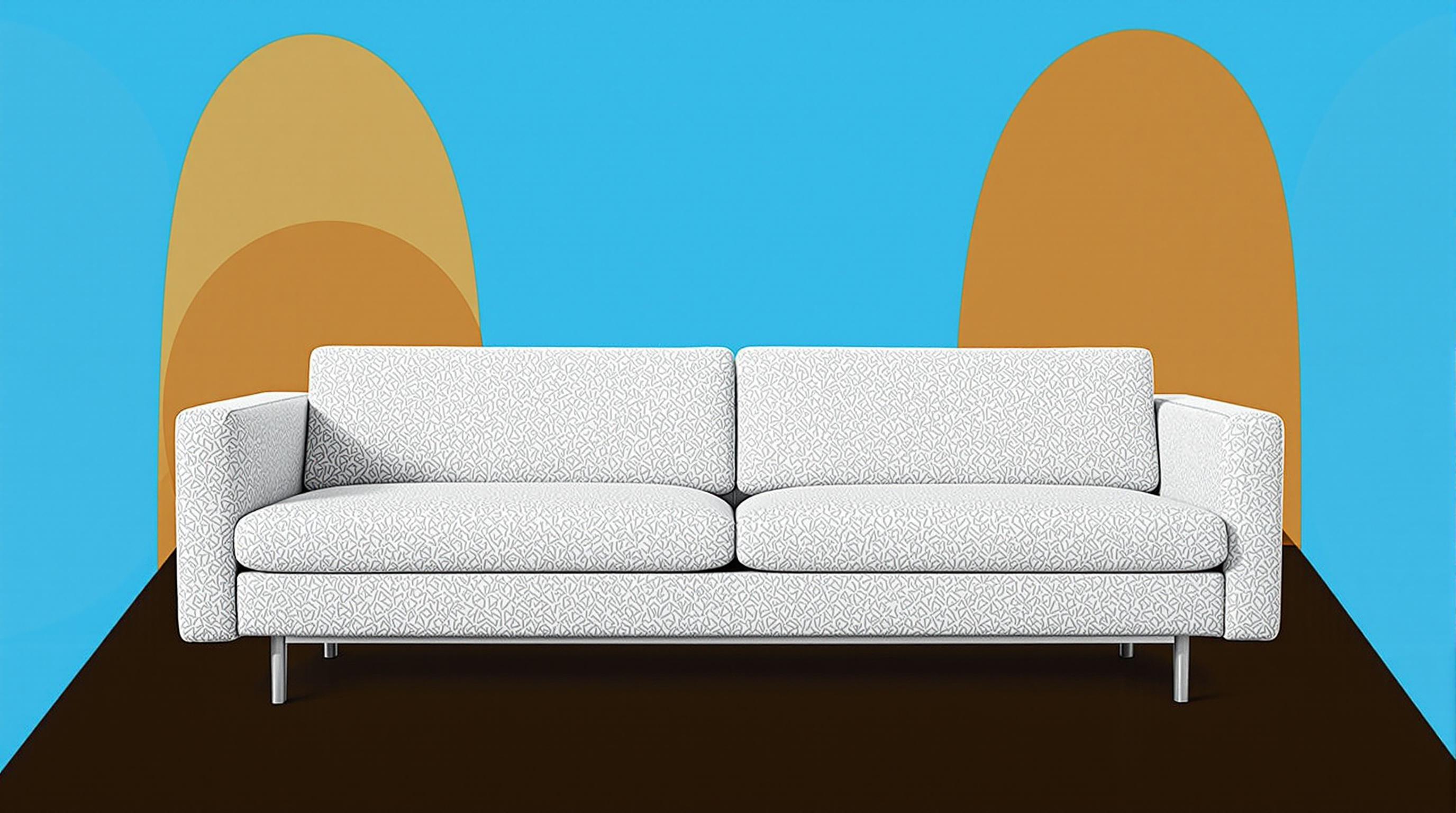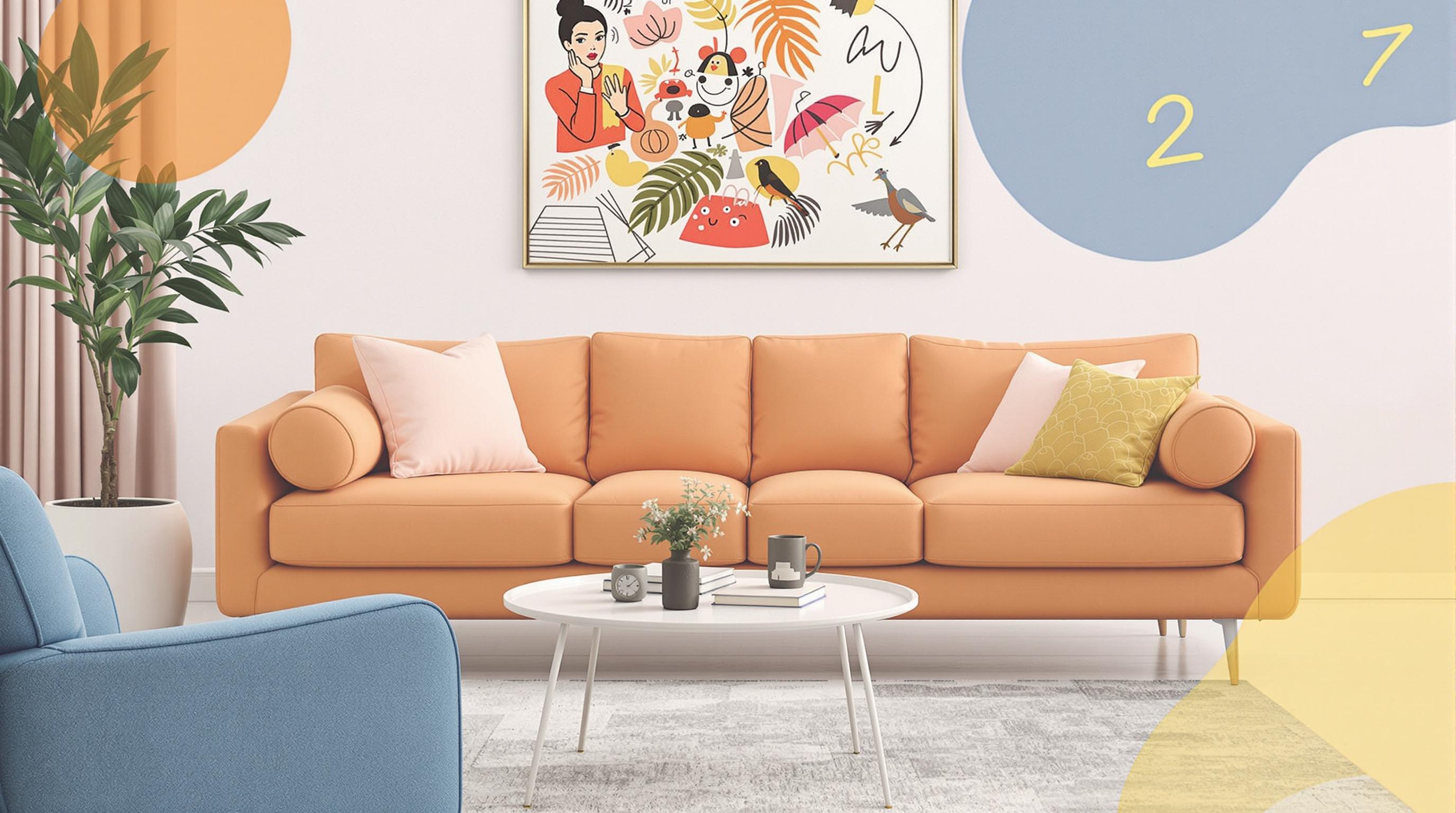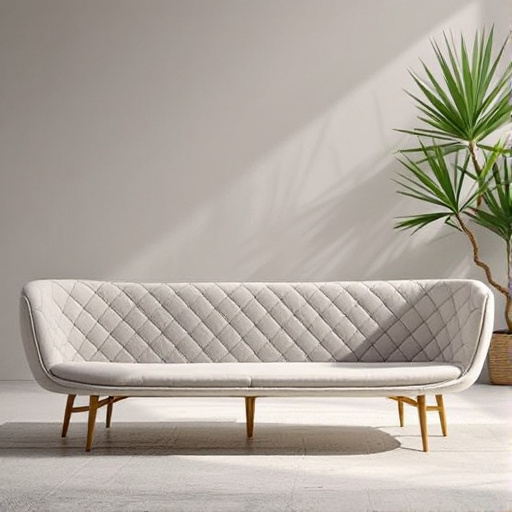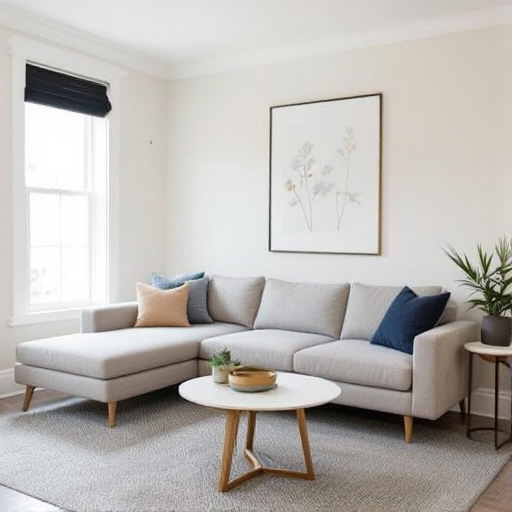Featured Articles
- 8 Essential Psychological Triggers to Consider When Choosing Furniture for Lasting Comfort and Style
- Embracing Minimalism: The Rise of Multi-Functional Furniture in Small Space Living
- "Exploring the Minimalist Movement: Furniture Choices That Speak Volumes Without Saying a Word"
- "Feng Shui Furniture: Can the Right Pieces Transform Your Energy Flow at Home?"
- "Furniture Feng Shui: Unveiling the Hidden Energy of Your Home Design Choices"
Embracing Minimalism: The Rise of Multi-Functional Furniture in Small Space Living
Embracing Minimalism: The Rise of Multi-Functional Furniture in Small Space Living
Minimalism is taking the world by storm, especially when it comes to small space living. The rise of multi-functional furniture is redefining how we utilize our limited square footage, blending aesthetics and practicality in ways we never imagined.
Recognizing the need for flexible living, designers are ingeniously creating solutions that accommodate our modern, fast-paced lifestyles. In urban environments where space is at a premium, multi-functional furniture emerges as the hero we didn’t know we needed.
The Evolution of Minimalism
Minimalism isn’t just a design choice; it’s a lifestyle. This movement traces its roots back to the early 20th century, but by the 21st century, it really began to explode in popularity.
In 2020, a report by *Statista* revealed that over 60% of urban dwellers in the United States live in apartments or small homes, underscoring the necessity for efficient design (Statista, 2020). Minimalism offers more than just aesthetic appeal; it’s a practical solution for a growing segment of the population struggling with space constraints.
What is Multi-Functional Furniture?
Multi-functional furniture refers to items that serve multiple purposes, giving you the ability to adapt your living space according to your needs. Think of a sleeper sofa that transforms from a cozy couch during the day into a comfortable bed at night, or nesting tables that can be arranged and rearranged for different occasions.
For example, the *Murphy bed* has made a significant comeback, particularly among young professionals and students. A recent survey found that 75% of respondents aged 18-34 would consider investing in this type of space-saving solution (Marie Kondo, 2022). Talk about a trend that’s on the rise!
The Psychology of Space
Spaces affect our mindset and overall well-being. As someone who lives in a tiny apartment in the heart of New York City, I can personally attest to the calming effect of a decluttered, minimalist environment. When you walk into a room filled with unnecessary items, it can create a sense of chaos and overwhelm.
Research indicates that a cluttered environment can increase stress levels, impacting mental health. In contrast, minimalist spaces encourage clarity, focus, and peace.
Case Studies: The Impact of Multi-Functional Furniture
Case studies are pivotal in understanding the impact of multi-functional furniture in real-life settings. Take, for instance, the case of the *Tiny Living Project*, which focuses on designing small homes that effectively utilize space through innovative furniture solutions. By incorporating modular furniture, residents have reported feeling not cramped, but rather liberated. “It’s like living in a breath of fresh air,” claims one participant. “Everything has a place, and we can adapt it as we grow.”
The Benefits of Minimalism and Multi-Functional Furniture
When discussing minimalism, it’s crucial to highlight the tangible benefits it brings to individuals in small spaces.
First, it promotes sustainability. When you choose quality over quantity, you reduce the frequency of purchases and ultimately curb waste. Additionally, it often lowers costs: investing in a single piece of furniture that serves multiple purposes can ultimately save you money in the long run.
Moreover, multi-functional furniture opens up room for creativity. It encourages you to think outside the box, transforming any space into a versatile area that suits various activities—from hosting game nights to working from home.
Common Multi-Functional Furniture Solutions
Let’s get a bit more specific about the types of multi-functional furniture that are popular in small spaces today. Few pieces shine brighter than:
- Sofa Beds: A classic choice for anyone with limited space. Equally stylish and functional, these beds are ideal for accommodating guests without sacrificing living room space.
- Storage Ottomans: A trendy option, these not only provide footrest comfort but also offer additional storage for blankets, magazines, or games.
- Expandable Dining Tables: Perfect for hosting larger dinner parties—these can be resized as per your requirement, minimizing their footprint when not in use.
- Wall-Mounted Desks: Great for small home offices, retractable desks allow for a workspace without the mess that can crumble under pressure.
How to Embrace Minimalism
The beauty of embracing minimalism lies in its adaptability. You don’t have to completely overhaul your home overnight; it’s a gradual process.
Start by assessing your belongings—ask yourself what you really need. The *Marie Kondo method*, which emphasizes keeping only those items that "spark joy," can be an effective starting point. This process not only creates clearer spaces but also a clearer mind.
Once you've decluttered, research pieces that serve dual purposes. Online marketplaces like *IKEA*, *Wayfair*, and numerous local craftsmen offer solutions tailored to minimalist Anforderungen. Remember, every item should have a purpose, be functional, and fit seamlessly into your design.
The Integration of Technology
As we move towards a tech-driven future, the possibilities for multi-functional furniture are expanding. Consider smart furniture—like desks with built-in speakers, adjustable lighting, or wireless charging capabilities. A recent survey indicated that 65% of young adults in urban environments prioritize furniture equipped with technology (TechHome, 2021).
This integration of technology with design not only makes life easier but contributes to a more organized, stylish, and efficient living environment.
Real-Life Stories: The Minimalist Shift
Let’s take a light-hearted look at how minimalism can dramatically influence everyday life with a few relatable stories.
Meet Sarah, a 28-year-old graphic designer who downsized from a spacious studio to a tiny apartment. Initially apprehensive, she quickly began to embrace her new lifestyle. With a sleek, transforming furniture setup—her coffee table morphed into a dining table when her friends came over—Sarah remarked, “Before, I was just hoarding things for the sake of having them. Now, I enjoy what I own so much more.”
And of course, there’s Toby, a retiree who humorously calls his downsized home “the adult version of a treehouse.” He’s filled it with multi-functional furniture pieces that adapt to his hobbies, from a fold-out photography studio to a sofa that enables him to host his grandchildren without cluttering up the space. “Who needs a big house when I can build a life?” he quips.
Conclusion: The Future of Living
Embracing minimalism and integrating multi-functional furniture into small spaces is more than just a trend; it’s a profound lifestyle shift. As cities continue to become more populated, our living quarters become compact, making innovative furniture solutions essential.
Whether you are a busy professional, a student, or a retiree, adopting this approach opens up a world of possibilities in how you organize your home and your life. When you learn to maximize every square inch of space, you’ll find it liberates your thoughts, creativity, and overall sense of well-being.
So, whether you’re preparing for a tiny apartment or just looking to declutter your current space, consider the possibilities that minimalism and multi-functional furniture can offer. It might just inspire a refresh not only in your living area but in your outlook on life! Who knows—everyone might be asking you for your secret to that serene, organized home before too long.




